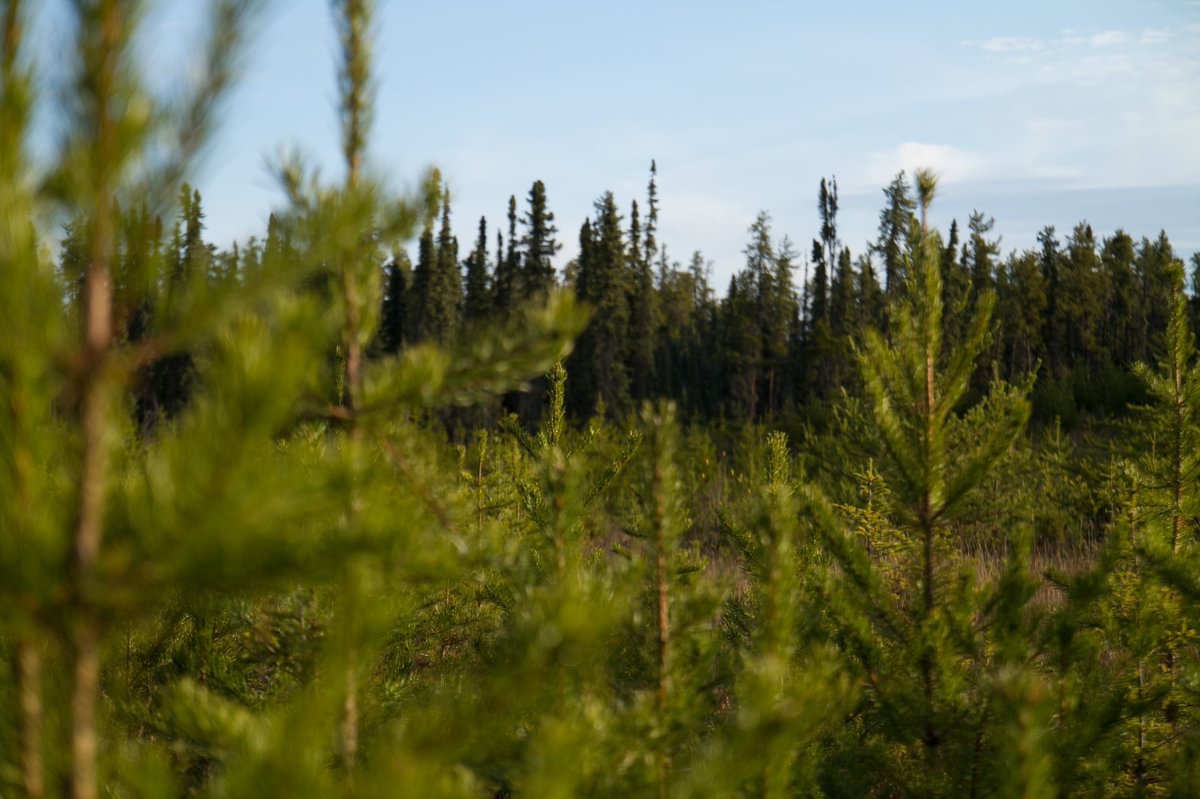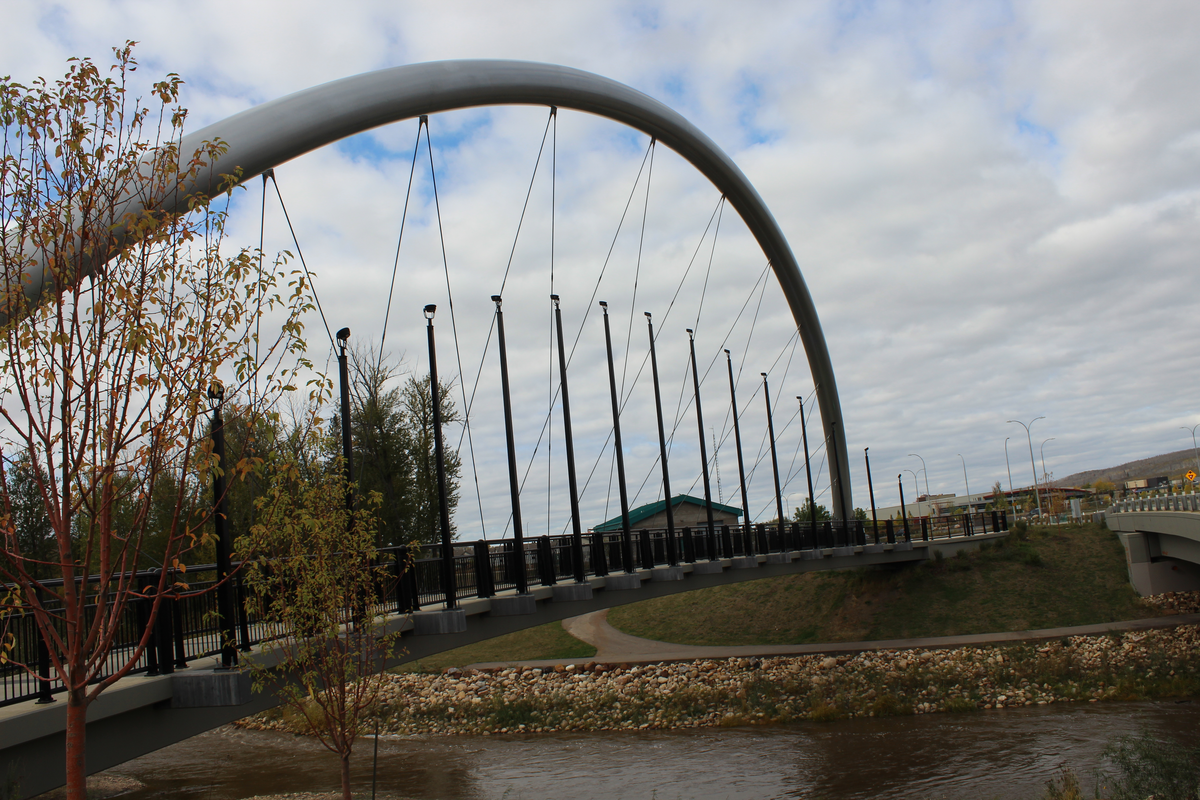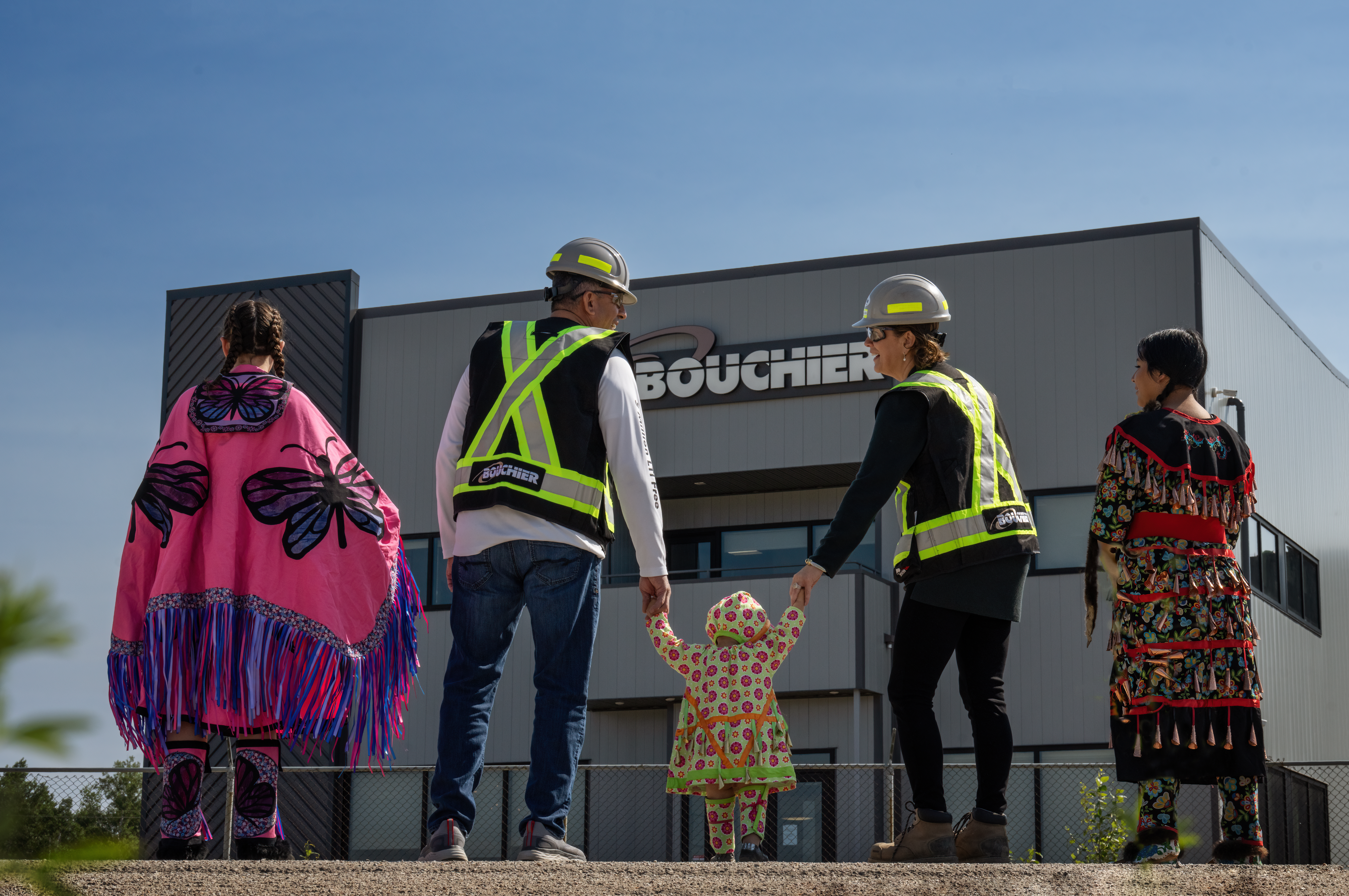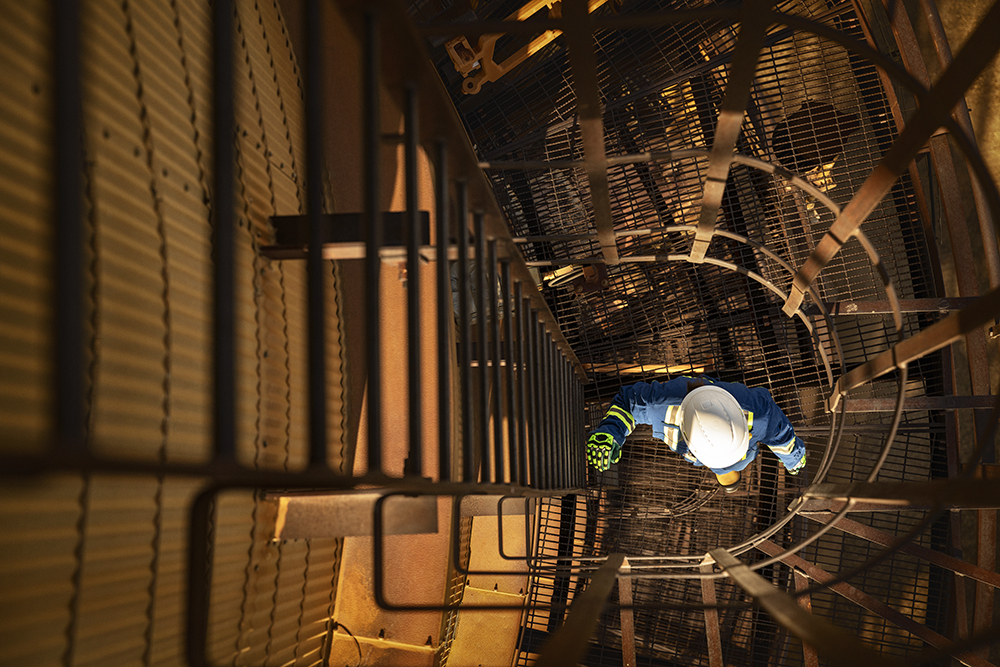Five facts about Canada’s boreal forest
April 14, 2025

Canada’s boreal forest is one of the world’s largest intact forest ecosystems[1]. It stretches 5,000 kilometres from the Pacific to the Atlantic Ocean, covering more than half of the country’s land area.[2] Many Canadians live and work in the boreal forest, including 70% of Indigenous people for whom the forest has a special cultural and economic significance[3].
Learn more about this important region below.
1. Canada has around 28% of the world’s boreal forest[4].
The boreal zone is spread across eight countries: Canada, China, Finland, Japan, Norway, Russia, Sweden and the United States.[5] Over 500 million hectares of the boreal zone is located in Canada.[6]
2. The boreal forest is home to more than just trees.
While Canada’s boreal forest contains diverse tree species such as birch, fir, larch, pine, poplar and spruce[7], interspersed among them are thousands of lakes, rivers and wetlands. This unique landscape teems with wildlife, providing food, habitat, nesting and spawning sites for a wide range of mammals, birds, amphibians, fish and insects. Half of all bird species in Canada call the wetlands home – 150 species in total[8].
3. 25% of the world’s wetlands are located within Canada’s Boreal Forest[9].
Wetlands can play an important role in reducing the volume of carbon dioxide in the atmosphere[10]. Peatlands, which are wetlands that have a layer of organic matter, can sequester anywhere from 10-80 grams of carbon per square metre per year. That doesn’t seem like much until you consider that they cover 120 million hectares across Canada and in some cases, have been accumulating carbon for over 10,000 years. Most of the world’s peatlands are located in Canada’s boreal region.[11] Learn more about wetlands.
4. Natural disturbances like forest fires and insect infestations help renew the boreal forest.
Disturbances like fire, insect infestation, drought and trees being uprooted by wind have been occurring naturally in our forests for thousands of years and serve as a way for the boreal forest to renew itself. These disturbances help by removing old trees, exposing the ground to sunlight, releasing nutrients, and allowing new trees to grow.[12]
5. Trees within Canada’s boreal forest are younger than you might think.
Comparatively speaking, most of the trees in Canada’s boreal forest are quite young relative to those that grow in more temperate climates. For example, the oldest known tree is the Great Basin bristlecone pine in the southwestern United States, and it can grow to be more than 4,800 years old. By comparison, our longest living trees – the eastern white-cedar and the Douglas-fir can grow to be around 1,000[13].
Did you know?
A coalition of academic institutions, private-sector companies, government ministries and the not-for-profitAlberta Biodiversity Monitoring Institute started the Boreal Ecosystem Recovery and Assessment (BERA) project in 2012. This multi-sectoral research partnership aims to understand the effects of industrial disturbance on natural ecosystem dynamics in the boreal forest, and to develop strategies for restoring disturbed landscapes.
[1] Canada’s Boreal Forest – Nature Canada
[2] Boreal Forest – Hinterland Who’s Who
[3] Boreal forest – Natural Resources Canada
[4] Spotlight: What we know about Canada’s boreal forest – Natural Resources Canada
[5] Boreal Forests – Botany Today
[6] Boreal forest – Natural Resources Canada
[7] 8 facts about Canadas boreal forest – Natural Resources Canada
[8] 8 facts about Canadas boreal forest – Natural Resources Canada
[9] Wetlands of the Boreal Forest — Boreal Conservation
[10] Explained | Why wetlands are so important for environmental sustainability, climate resilience, and human wellbeing – Climate Fact Checks
[11] Ducks Unlimited Canada National Boreal Program – The Carbon Cycle and Peatlands
[12] Why forests need fires, insects and diseases – Natural Resources Canada
[13] Canadian Forest Service Science-Policy Notes. Is Canada’s Boreal Forest Ancient? – NRCan Open S&T Repository


